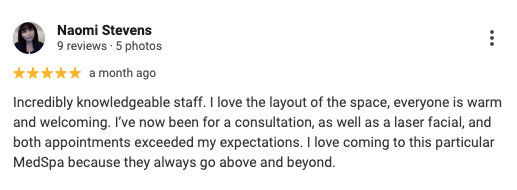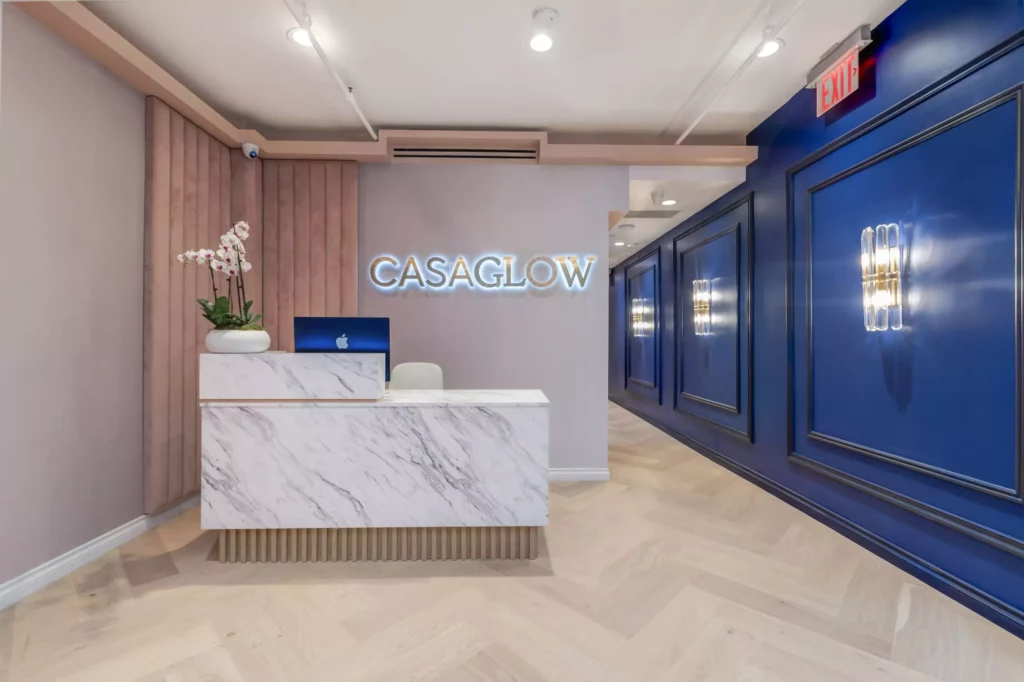FAQs
What is it?
Laser Hair Removal uses light energy that is attracted to the dark pigments in the hair shaft, penetrating deep into the root. This laser energy transitions into heat, destroying the hair follicle. With a series of treatments, the follicle receives this destructive energy, permanently killing or damaging the root and preventing hair from growing back.
How does it work?
LHR is not 100% permanent. This means most hair follicles will be permanently destroyed after treatment, stunting further hair growth. Any remaining hair will grow thinner and lighter, making it easier to manage. You can expect about 90% reduction, long-lasting results, and visibly smoother skin.
What can I expect?
Most guests reach their desired results anywhere between 6 to 12 sessions. This depends on the area treated, skin tone, hair color, and other determining factors. Initially, your scheduled treatment should be done every six weeks, while touch ups are recommended yearly for regular maintenance.
Does it hurt?
You will feel some very minor discomfort during your treatment. Most guests describe it as a rubber band snap on the skin. Although an anesthetic agent can be used before application, we do not recommend their use as an accurate understanding of your pain tolerance will ensure we avoid side effects such as burning and hypo or hyperpigmentation.














